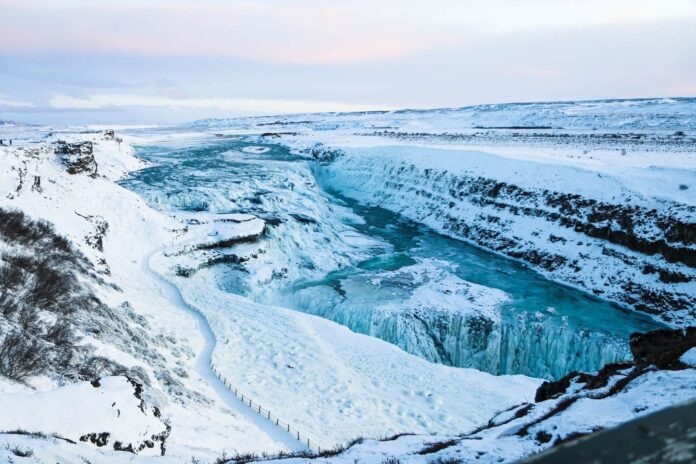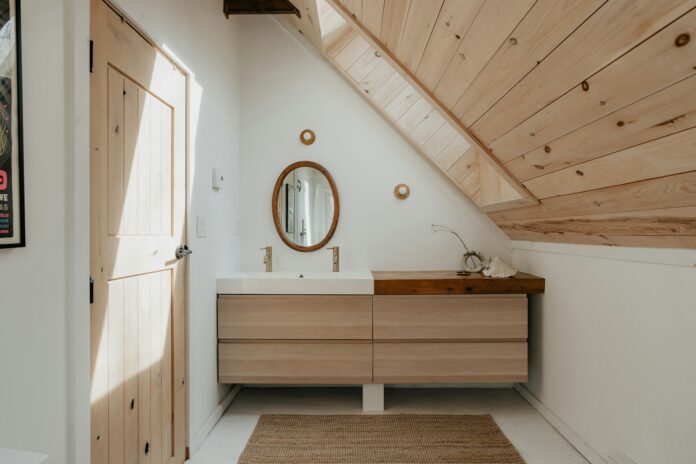If you live in the UK and you’re lucky enough to have an open fireplace, wood burning stove or even a chimenea, then you might have been alarmed to read of recent new legislation regarding your beloved open fires.
This month, the Department for Environment, Food and Rural Affairs introduced a new law heavily curbing the use of certain fuels in domestic wood burning, citing the fact that wet wood and house coal are the chief cause of a particularly harmful pollutant particle, PM2.5.
In fact, the WHO have said that PM2.5 is the most serious air pollutant for human health, and accordingly, more environmentally friendly, ‘cleaner’ fuels should now be burned.
The UK’s Environment Secretary George Eustace was keen to point out that this wasn’t a ban on wood or coal burning stoves and open fires, per se, instead saying that people should now prioritise purchasing fuel which produces less smoke. According to the BBC, ‘’Defra claims burning dry wood produces more heat and less soot than wet wood and can reduce emissions by up to 50%’’
Should you be keen to avoid firewood which has been dried using chemical seasoning, due to the health implications, then kiln-dried woods is a more sustainable, ‘clean’ option, ensuring that the wood is under the requisite 20% moisture content and also avoiding the emission of any unwanted fumes when you next have a domestic fire.
All of this means that such firewood can be certified as ‘Ready to Burn’ by the independent, non-profit organisation Woodsure, in conjunction with DEFRA, offering reassurance that such wood is legal to burn at home without polluting yourself or the environment unduly.
If you’re wondering what firewood you can use in the UK, and you’re keen to learn more about kiln dried firewood, then read on.
SO, HOW DOES KILN DRIED WOOD WORK?
Kiln-dried firewood is dried with the aid of a kiln. The kiln lowers the moisture content by collecting steam from pipes and radiating the heat into the same atmosphere in which the wood is placed, converting the water content of the wood into vapour. Wood dried this way is not only less polluting, but it also burns more efficiently.
There are generally two ways kiln-dried wood is packaged for home use; kindling and logs, with the former used for starting your fire and the latter for maintaining its longevity.

WOOD CALORIFIC VALUE
Consider The Wood Calorific Value (W.C.V) of your kiln dried firewood carefully.
When we say wood calorific value, what we are referring to is the amount of heat per unit of fuel. The average calorific value of a wood type is dependent on three factors; the wood density, tree species, and wood moisture content.
The moisture content of the firewood is particular to the tree’s species and is a strong determinant of how slowly or quickly a fire will start to burn relative to how long it will stay before turning to ash.
It should be noted that types of wood with a high resin content generally don’t boast a decent WCV and aren’t very fireplace friendly. The experts at Buyfirewooddirect.co.uk emphasise the use of kiln-dried hardwoods which are specifically cultivated to burn longer. They recommend avoiding the use of softwoods like pine, cedar, redwood, spruce, and Douglas fir in your fireplace, except for starting your fire, as softwoods make good kindling.
Wood density also affects its WCV, with hardwoods much denser than soft, and therefore more sustainable when burning. All that said, it can be harder to source decent hardwood, and as a result, it tends to be more costly.
CONSIDER THE WOOD TYPE
Hardwoods sourced from oak, birch, and ash trees are generally the most popular when considering sustainability, longevity and a decent WCV. When combined with a softwood for kindling, one of these three types of wood will bring the best results.
Kiln dried ash is perhaps the most popular choice here, due to its ease of lighting and the high amount of heat energy it produces.
Alternatively, kiln-dried birch, with its flat uneven bark, lights quickly, too. Due to its relative thinness, kiln-dried birch lights quickly, but conversely, burns through quite quickly, too. That said, if you’re looking for a cost-effective firewood option, birch certainly does the job.
Kiln dried oak is denser, boasting a coarse texture and fantastic aroma when burnt. Though it lights slower than ash and birch, its fire burns for far longer, and with a high amount of heat, too. Because of this, oak is a fantastic firewood for using in the depths of winter, when longevity and consistent heat is essential.
Keep that fire burning for longer by reading these 5 tips for ensuring your wood burning stove is safe and clean in 2021.





